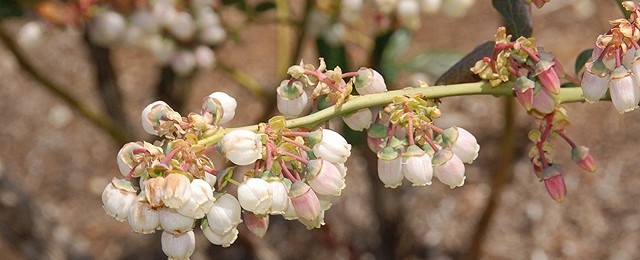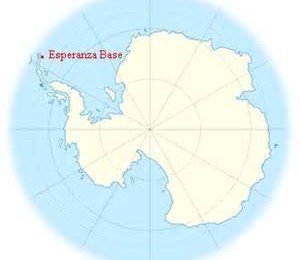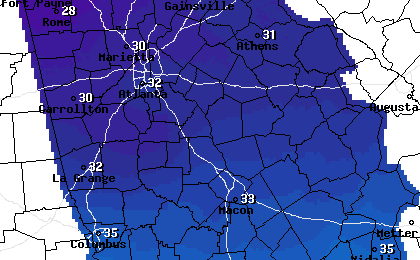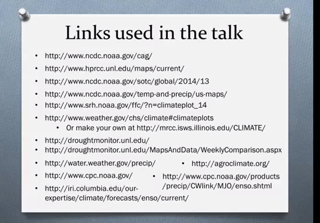Uncategorized
-

Allison Floyd of Growing Georgia posted an article on Thursday describing some of the agricultural effects that this winter and spring’s weather has had on crops around the state. You can find the article here. In the article a number of Extension agents and producers discuss the impacts of the late cold snap on fruit…
-

Even though it’s too cold to do agriculture in Antarctica, I am still interested in the weather and climate there. On Friday Dr. Jeff Masters posted a news story in his Weather Underground blog on a possible new record for the highest temperature ever recorded on the continent of Antarctica. On Tuesday, a record high…
-

Earlier this week I noted that we were in for some cold weather and possible frost this coming weekend. I wanted to give you an update on the general situation, although you will want to get detailed forecasts from the National Weather Service or another source as the cold weather moves in. The cold front…
-

The Los Angeles Times ran an article today describing the impacts of groundwater pumping on agriculture in California’s Central Valley (link). High rates of groundwater use have caused ground levels to subside by as much as a foot a year, and have also lowered water tables, forcing farmers to pay high prices to pump water…
-

Climate Central has a new tool available to show how your city’s climate this past winter compares to all the other winters on record for that station. You can find the tool on the Weather Channel website by clicking here. Below I’ve compared Miami FL to Charlotte NC to show the differences between the northern…
-

If you did not get the chance to attend my webinar last Friday on the climate of 2014 and the outlook for 2015, the recording is now available on YouTube. You can find it at https://www.youtube.com/watch?v=zUPMFITVhG8. A screen capture of the slide which lists my web sources is shown below. The next webinar from the Southern…
-

The Packer published an article yesterday describing the damage to early blueberries caused by the cold temperatures on February 17-20. Temperatures fell into the low 20s overnight and caused damage that may amount to 10-30 percent of the early blueberry crop. Farmers that ran frost protection lost 10-15 percent of their crops while farmers that…